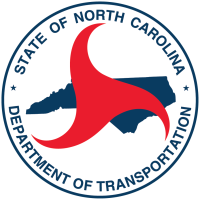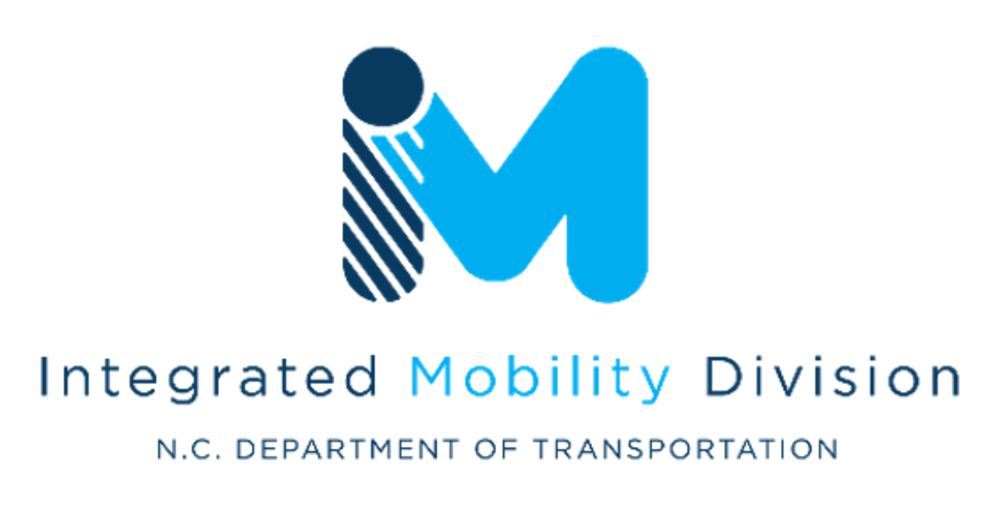Great Trails State Implementation Report Survey
Great Trails State Implementation Report Survey
The Great Trails State Plan (GTSP) envisions a network of trails that connect major destinations throughout North Carolina and can be used for transportation and recreation. A copy of the Plan and the interactive map of the network can be found here. While the GTSP shows proposed connections in all 100 counties of the State, this Implementation Report highlights 10 projects that have either equity benefits or connectivity to designated state trails.
1. Equity Benefits
These projects address areas of greatest transportation disadvantage, defined by the NC Department of Transportation’s Transportation Disadvantage Index. This index identifies concentrations of zero vehicle households, poverty level, youth aged 15 and under, seniors aged 65 and older, mobility impairments, and Black, Indigenous, and Persons of Color. These projects also have a high level of constructibility and partner investment.
2. Connectivity to Natural Surface and Designated State Trails
These projects look at areas in rural/ lower population communities where there is progress being made to connect designated State Trails to the GTSP network. Projects were chosen where this overlap or connectivity occurs, where there is a high level of partner investment, where there is the potential for high economic benefit, and where the trail connects into other trails state parks or other public lands.
The Top 10 Projects Highlighted by the Great Trails State Implementation Report
Survey Instructions
The Great Trails State Implementation Report can be used by stakeholders and communities to move these projects forward into further design and funding. The report serves to elevate these projects within their respective communities and to potential funders. This survey will help gather local input and inform these projects. Each of the 10 identfied projects has its own survey page. Please click on the project that you wish to take the survey for. You may take multiple surveys if you wish.
Priority Projects for Equity
The Report identifies six projects that are priorities due to their high potential for equity benefits. The diagram to the right shows the process used to determine these priorities. The NCDOT Transportation Disadvantage Index was used to develop the project list.
Swannanoa River Greenway Connection
Franklinton to Louisburg Rail-Trail
Fayetteville Center City Connection (North)
Fayetteville Center City Connection (South)
Priority Projects for Natural Surface Trail Connections
The Report identifies four priority projects that focus on areas that support both the Great Trails State Plan and trails designated within the NC State Trails system. These projects have been selected based on ease of implementation, readiness, and with a focus on rural areas that have fewer resources to plan or fund trails.
The following criteria guided trail segment selection for connections to natural surface trails:
• Proposed trail segment should be part of the GTS Plan and support both walking and biking
• Proposed trail segment should either connect to or overlap with the designated State Trail System
• Proposed trail segment should have potential to stimulate the economy of rural communities, serving non-metropolitan area, with a preference for smaller communities under a 40,000 population threshold
• Trail segments of 5-to-8 mile length are preferred as they are more easily implementable
• Preference for trail segments that could serve gateway communities connecting to other trail systems, public land, and recreation hubs
• Priority for trails that have multiple project partners and/or multiple plans that envision the project
• Priority for proposed trails that already connect to existing segments of the GTS Plan or State Trails
Fonta Flora State Trail in Black Mountain
Wilderness Gateway State Trail in Hickory







